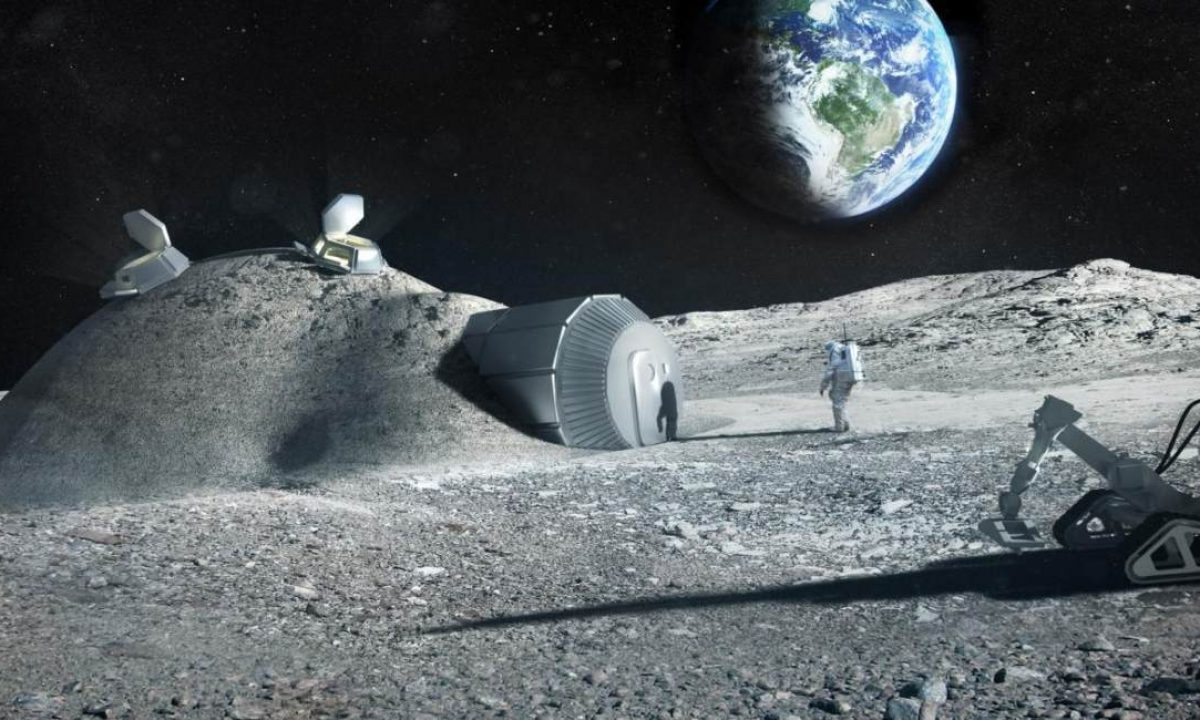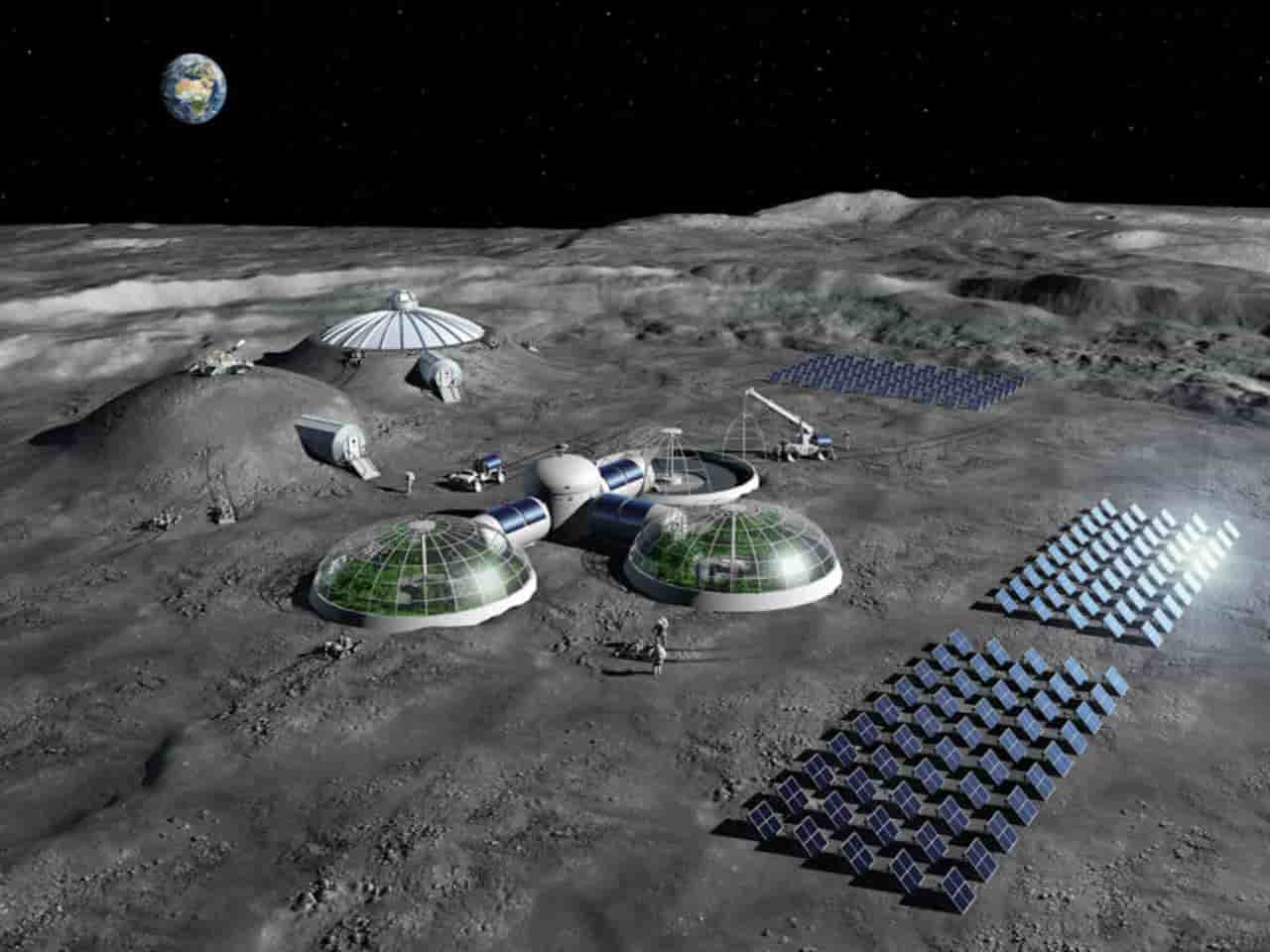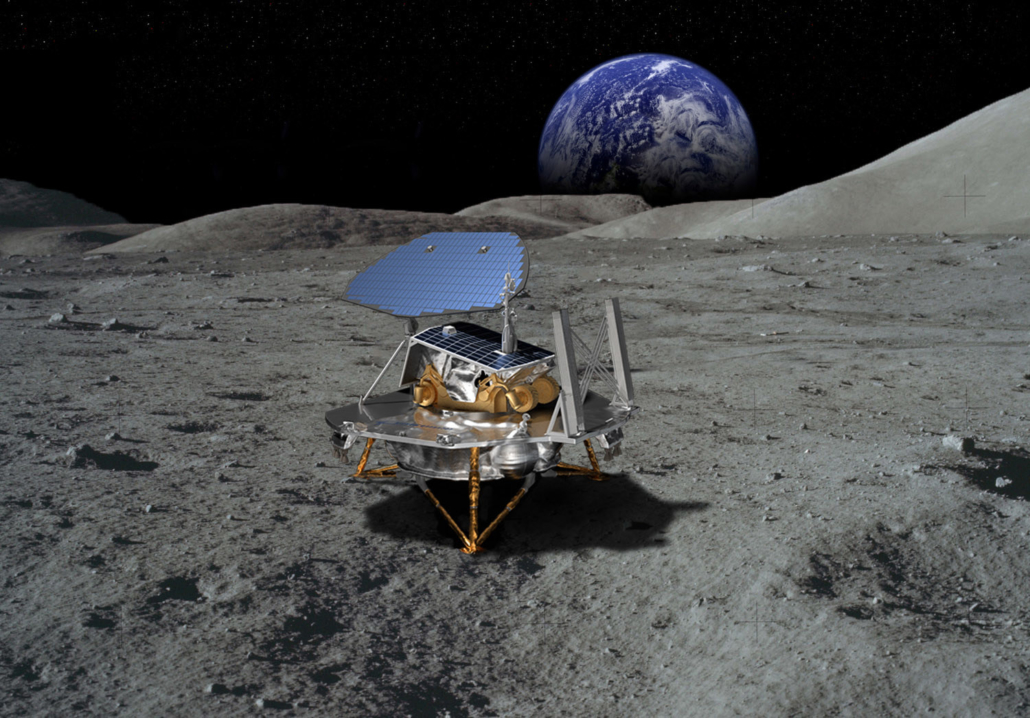© 2000-2023 - Enkey Magazine - All rights reserved
ENKEY SNC - VAT ID IT03202450924 / REA Code CA253701 - Phone. 078162719
Everyone wants a piece of Moon in this second race to our natural satellite. After being abandoned for a while now everyone wants to come back to the Moon. And while we are waiting to walk again on it, there are many missions that sees it as protagonist. One of them is Moonlight, an european mission, with Italy on the forefront. Let’s discover it together.
A walk on the Moon
“2026 more or less: Samantha Cristoforetti waves to Luca Parmitano, she leaves the underground home-dome and she starts driving to go to the lab of the Nasa and the European Space Agency on the other side of this slice of the arid South Pole.
She is on the Moon for few days and, unless than the traffic, she is worried about the shortes route to take between that craters. No problem: on the mobile phone she pushes the icone of Google Lunar Map and she follows the voice that bounces from the network of the Moonlight satellites that surrounds “the” satellite”.

It’s very patriotic the storytell appeared on La Stampa, which portrays two between the most important italian astronauts between the very first people to come back on the Moon.
It couldn’t be otherwise, because it’s right on the Moon that a small italian proud is flying. One of the two consortium to which was assigned the mission Moonlight, infact, is italian.
Maybe the tell, though, is too much optimistic. Really will we have already build the first lunar base in five years? Probably not, but meanwhile they are working to solve all the problems that the first colonists will have to face.
Like the ones of the telecommunication and the navigation. Moonlight wants to create a network of satellites to guarantee these services even on the Moon!
The Moon will be a very crowdy place
The next mission, toward the Moon, with the human crew is planned for the 2024. The Nasa will bring back the man, but especially the woman (it promised that the next human being to walk on the satelitte will be a woman), on the Moon, with the mission Artemis 3.

After the 2024 there will be many others lunar trips, aimed to build the first stable base on the Moon. And, what the ESA is dreaming of, is a very crowdy satellite, with permanente bases, underground houses, labs, many astronauts, scientists, but even rich tourists.
All those people that will be on the Moon will need an efficient system of telecommunication and navigation.
The project Moonlight
The project Moonlight wants to create a network of telecommunication and navigation on the Moon until the end of this decade.

But it isn’t the only one to want it. The Nasa announced already its cooperation with Nokia, to bring the 4G LTE on the Moon.
Even the project Moonlight is at its beginning. The ESA things it will have the approvation of the European Union until the 2022 and to start to actively work until the 2023, to be able to make the service active in four or five years.
Make the communications easier between the Moon and the Earth and between the different areas of the satellite is essential for the future missions and the stable bases.
But it’s so even to track and to determinate the position of the objects on the satellite. Today it’s a very complicated work that needs to be semplified if we thing about living on the Moon.
Today, infact, to track a lunar lander they need to join the forces on the Earth and the precision is far away from the one of a terrestrial GPS. We are talking, infact, of a precision between the 500 meters and the 5 kilometers. Therefore, the lander needs an instrumentation of 40 kg to be localizated on the lunar surface.
Two consortium for the project Moonlight
The ESA started the mission Moonlight with the help and the support even of the Italian Space Agency, besides that gave the work of the telecommunication to two external consortium: the Surrey Satellite Technology, of the United Kingdom, and the italian Telespazio.
“The creation of this shared network of navigation and telecommunication for the Moon will surely be a catalyst to inspire more exploration missions not only of the members countries of the ESA but even of international partners.
We see it as an important reduction of the costs and of the complexity of the next expeditions”.
This post is also available in:
 Italiano
Italiano

